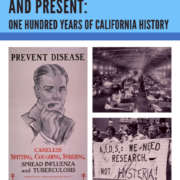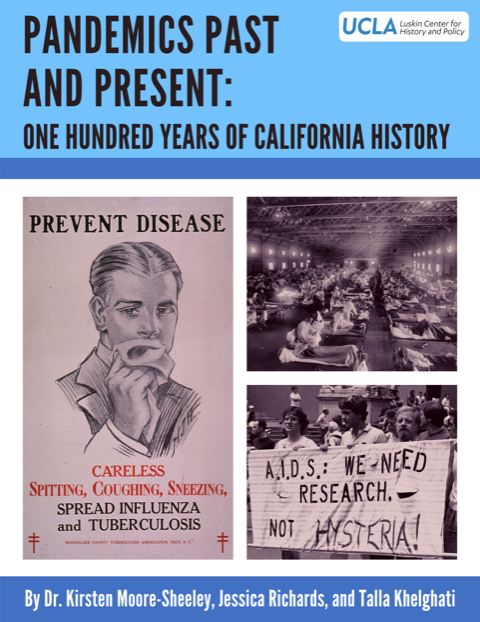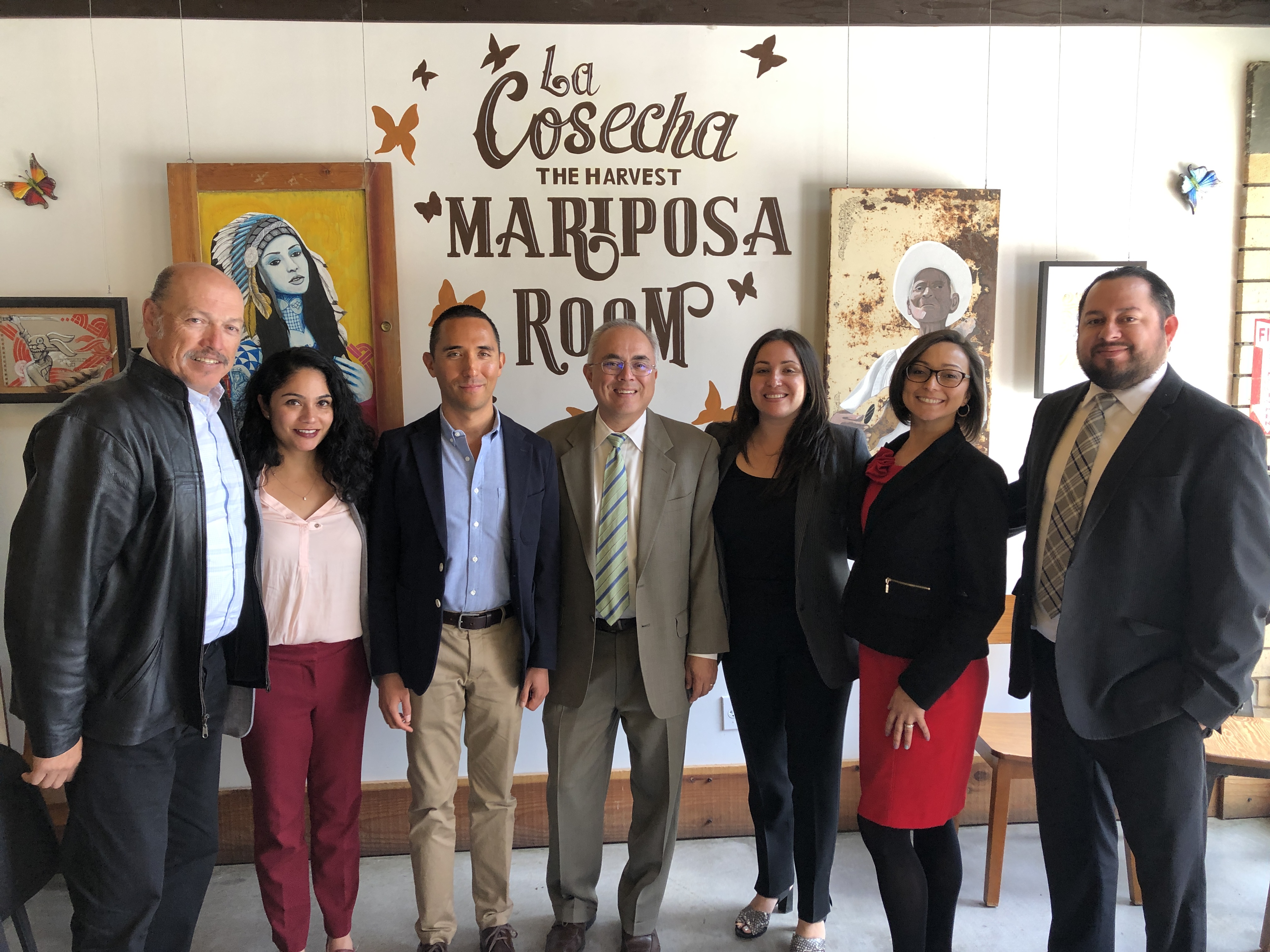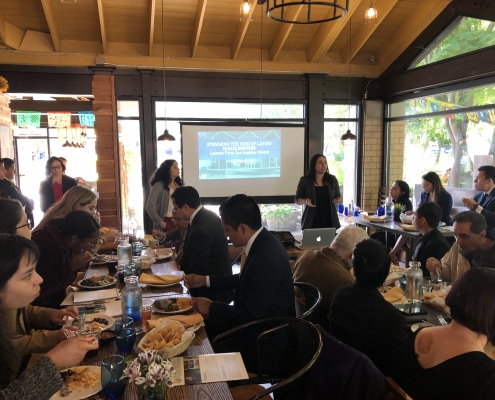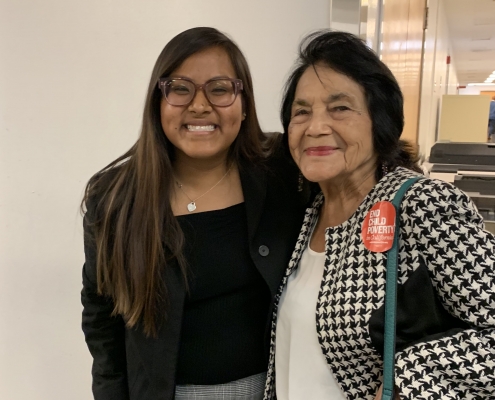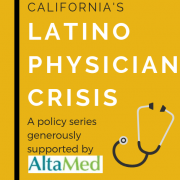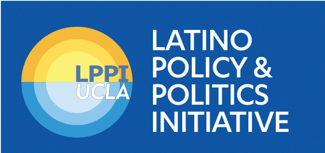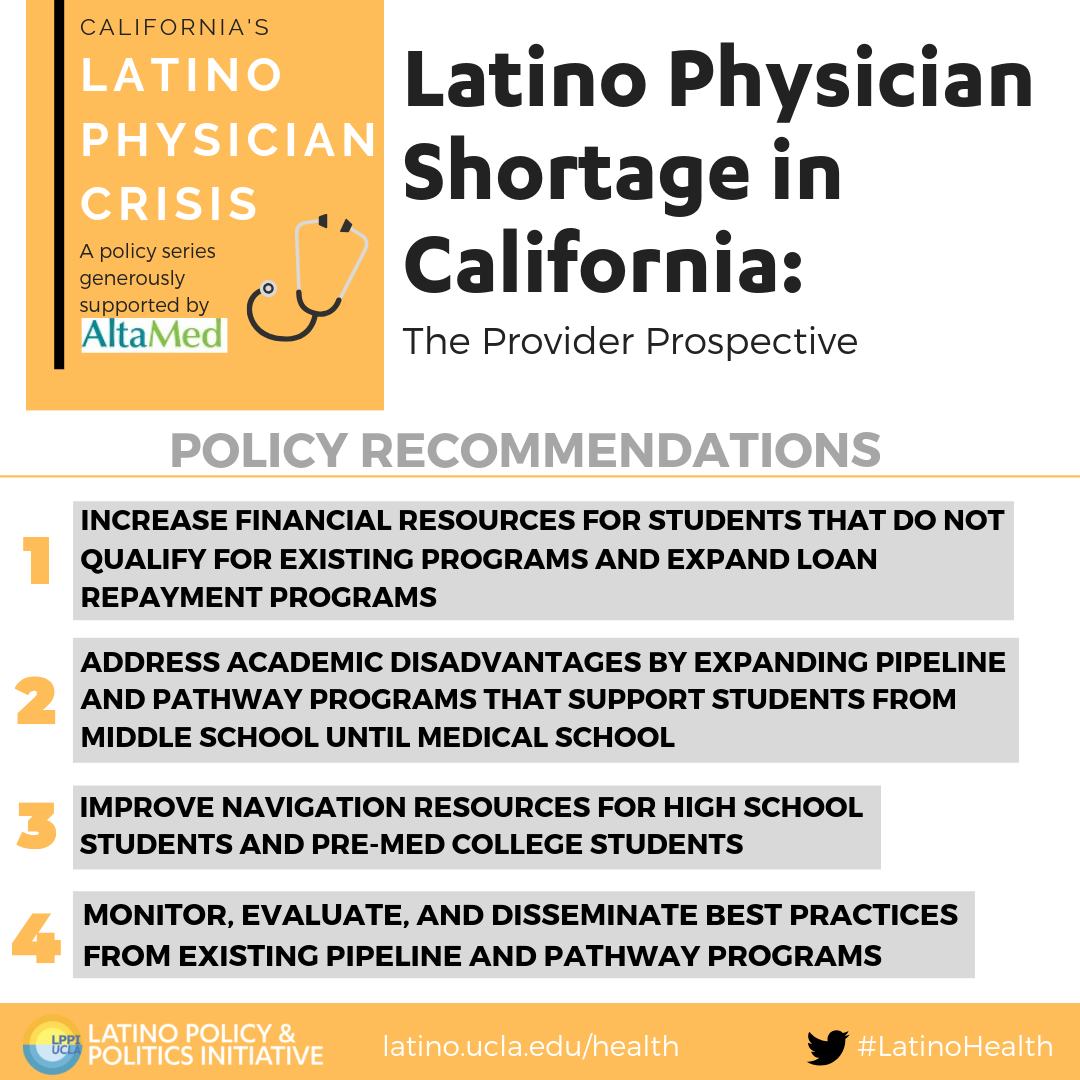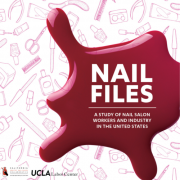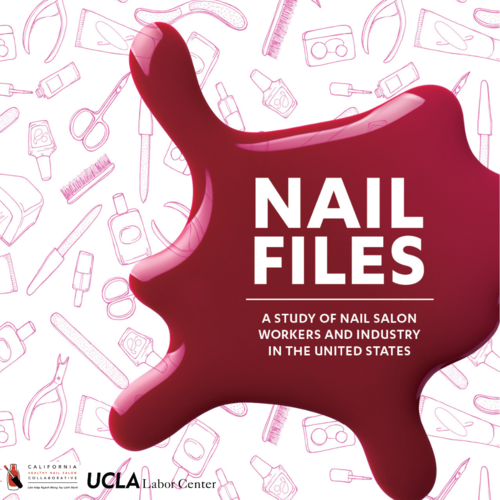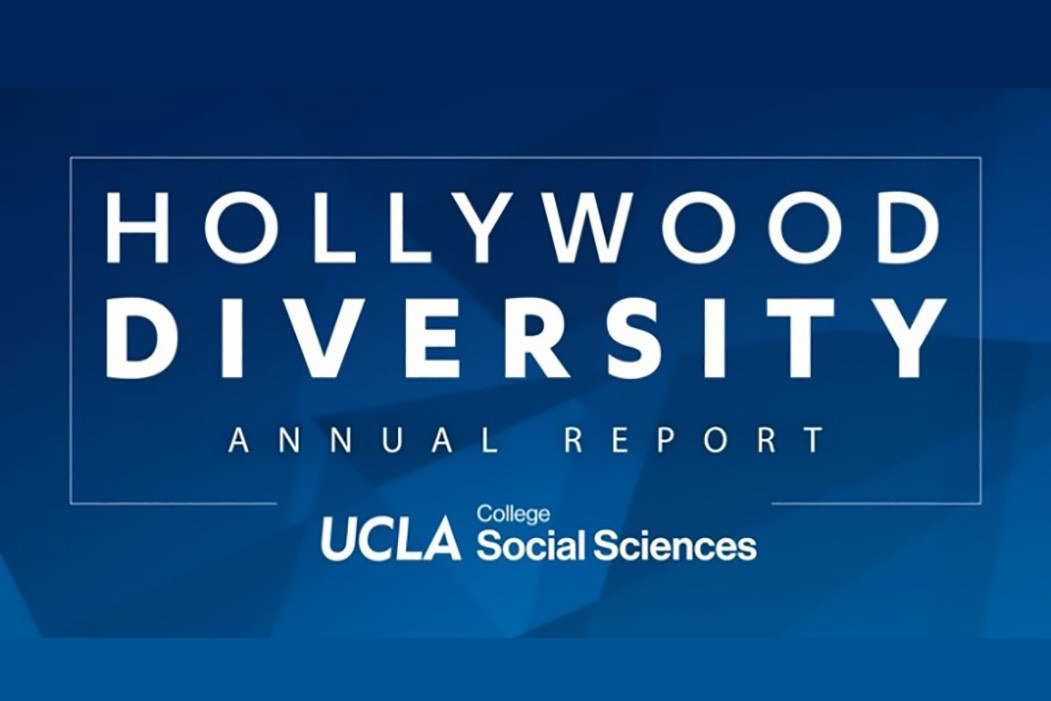
The UCLA Hollywood Diversity Report received a $250,000 allocation in the California state budget. Sponsored by Assemblywoman Wendy Carrillo, the funds will support the overarching goals of UCLA’s Hollywood Advancement Project, which produces the Hollywood Diversity Report. It is the industry’s only longitudinal analysis that connects the relationship between the diversity of key jobs in Hollywood films and television productions with the spending power and appetites of increasingly diverse U.S. audiences.
“Numbers don’t lie,” Asm. Carrillo said. “The UCLA Hollywood Diversity Report holds the data needed to effect change for both below- and above-the-line workers, which is why it was critical to leverage our state’s budget to support it. As efforts to expand production and bring back these jobs to the state via California’s Television and Film Tax Credit continue, those efforts should be reflective of the diversity of our state.”
“We’re in our 10th year of data collection and every year we show that audiences gravitate to content that feature diverse casts and creators, ones that reflect the diversity of the American demographic,” said Dr. Ana-Christina Ramón, director of research and civic engagement for the UCLA division of social sciences and co-author of the Hollywood Diversity Report. “This new support from the state budget will be instrumental to our ongoing efforts to comprehensively track who is getting key jobs in Hollywood, and expand the ways we show how that reality has an impact not only the bottom line for studios themselves, but for the economy at large.”
 The Latino Film Institute (LFI), which this year named Dr. Ramón its inaugural scholar, played a key role in the process. Edward James Olmos, LFI Founder and Board Chairman, Rafael Agustín, LFI CEO, and the LFI Board of Directors championed for the report to receive the funding. “Latino communities are particularly underrepresented at all levels of critical Hollywood jobs both in front of and behind the camera,” said Mr. Agustín. “We’re grateful to collaborate closely with UCLA as we seek to reckon with this fact and work toward meaningful change.”
The Latino Film Institute (LFI), which this year named Dr. Ramón its inaugural scholar, played a key role in the process. Edward James Olmos, LFI Founder and Board Chairman, Rafael Agustín, LFI CEO, and the LFI Board of Directors championed for the report to receive the funding. “Latino communities are particularly underrepresented at all levels of critical Hollywood jobs both in front of and behind the camera,” said Mr. Agustín. “We’re grateful to collaborate closely with UCLA as we seek to reckon with this fact and work toward meaningful change.”
To read the full UCLA Newsroom story, click HERE.
To read the Deadline story, click HERE.


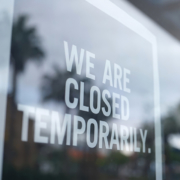
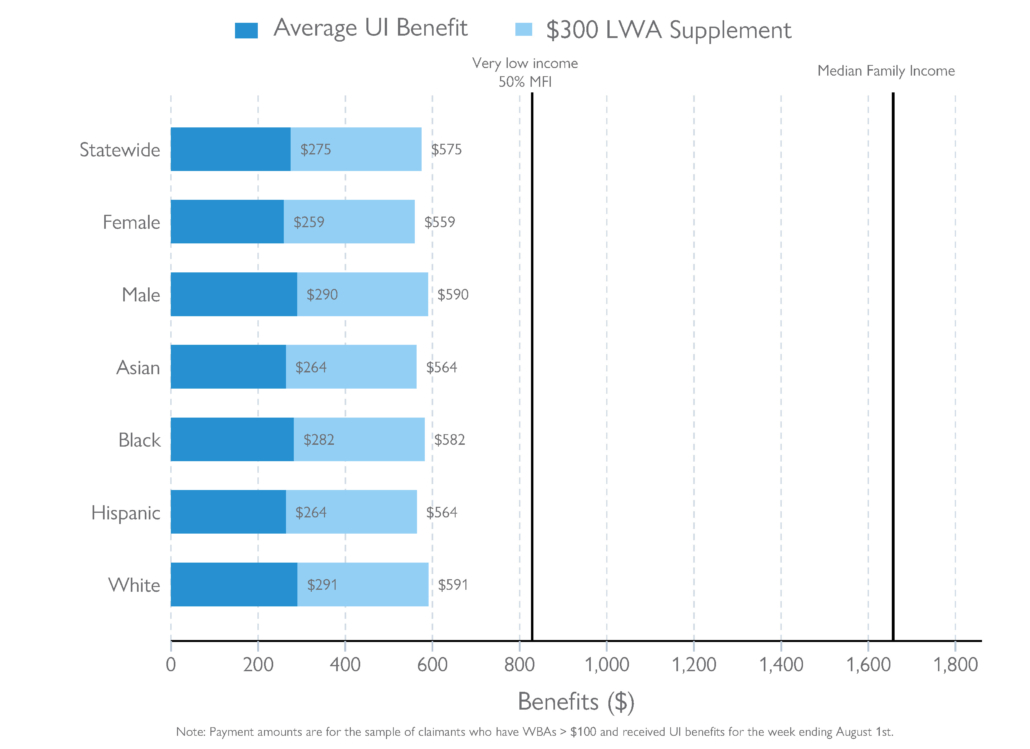
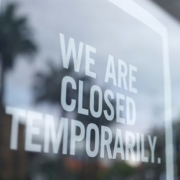

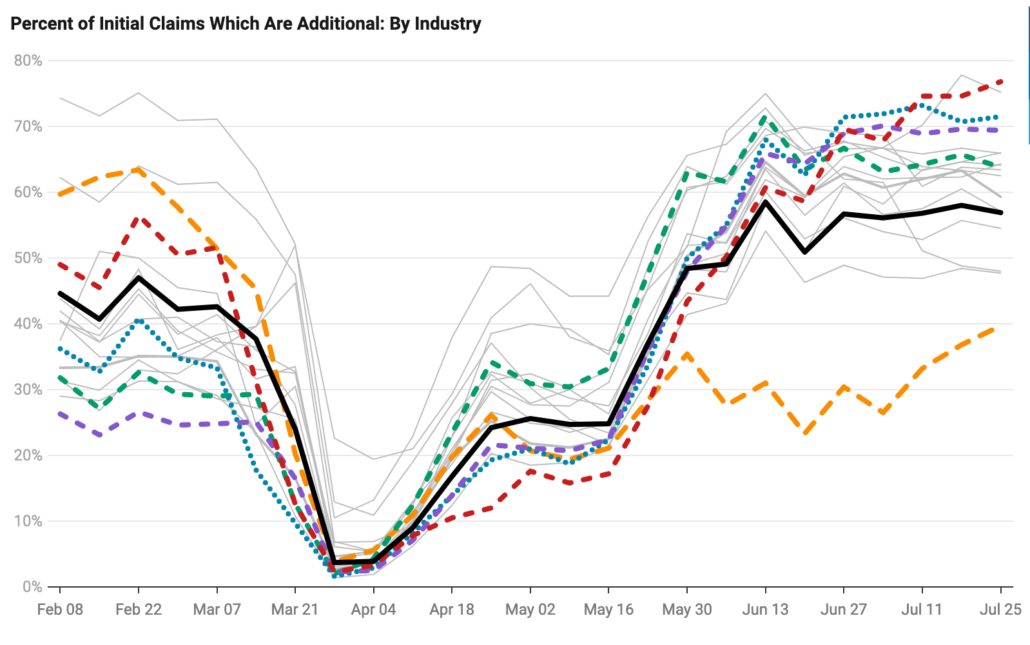
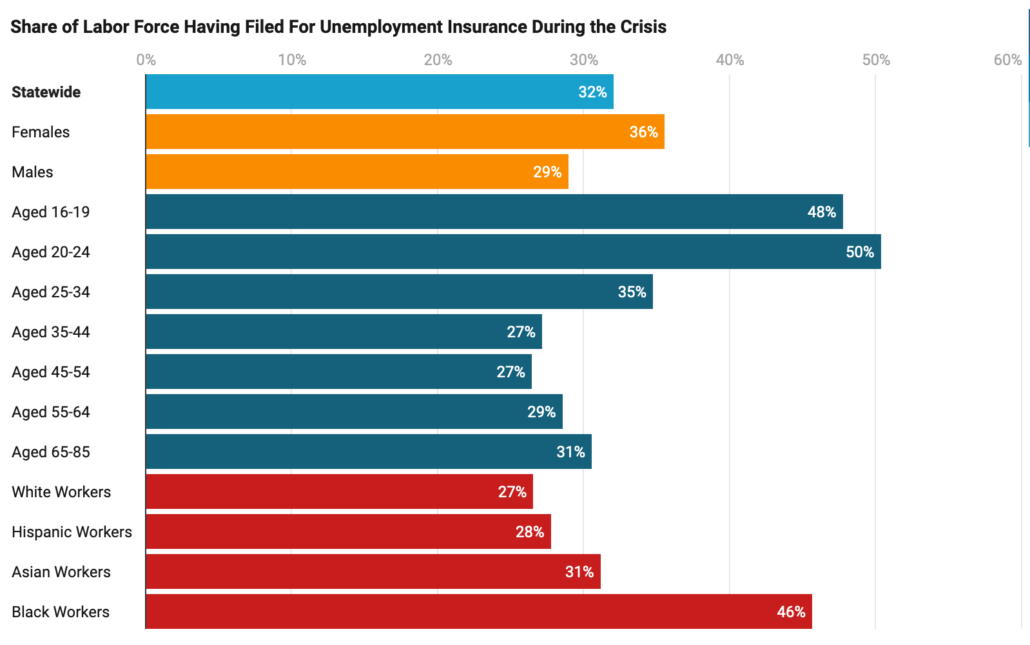
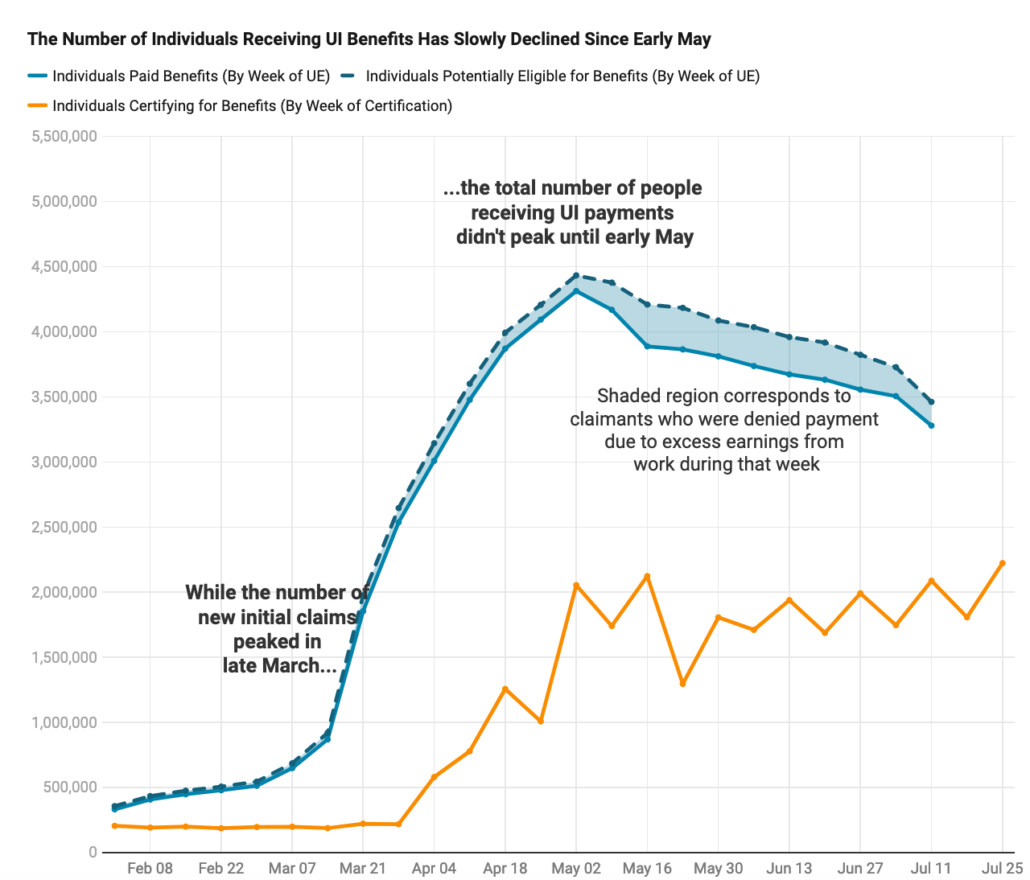
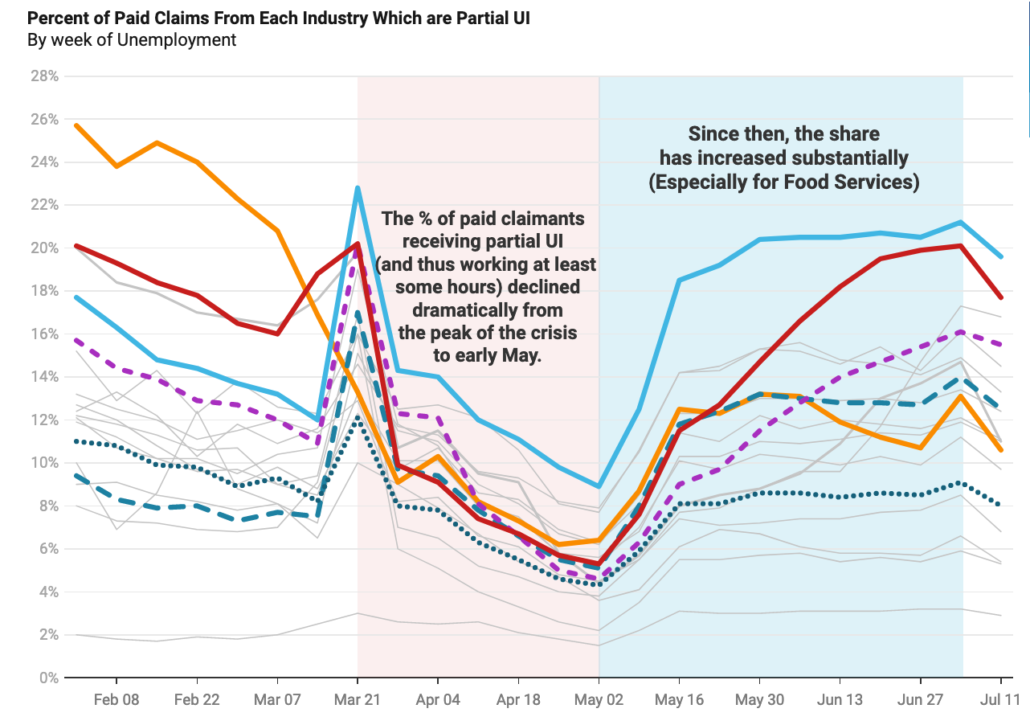
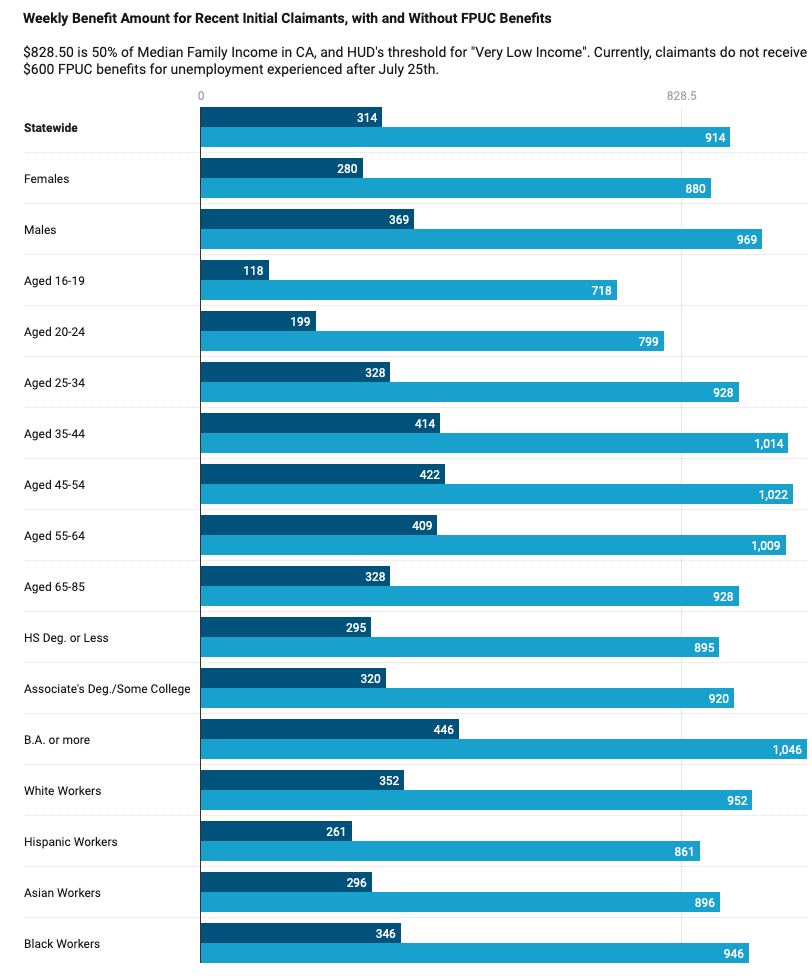
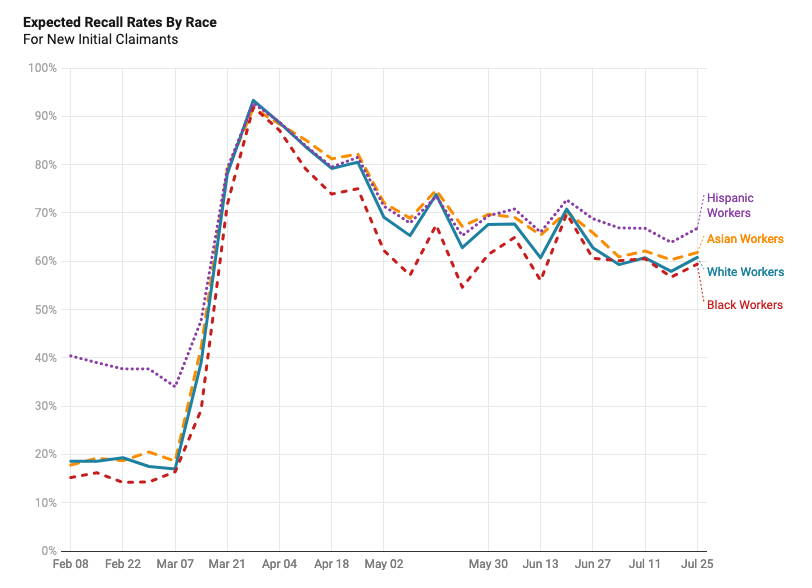
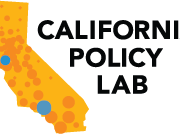
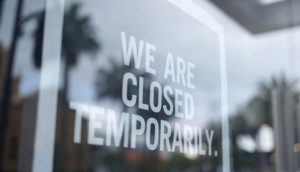

 New Analysis of Unemployment Insurance Claims in California Provides Detailed Snapshot of How COVID-19 is Impacting California Workers, Industries, and Counties
New Analysis of Unemployment Insurance Claims in California Provides Detailed Snapshot of How COVID-19 is Impacting California Workers, Industries, and Counties